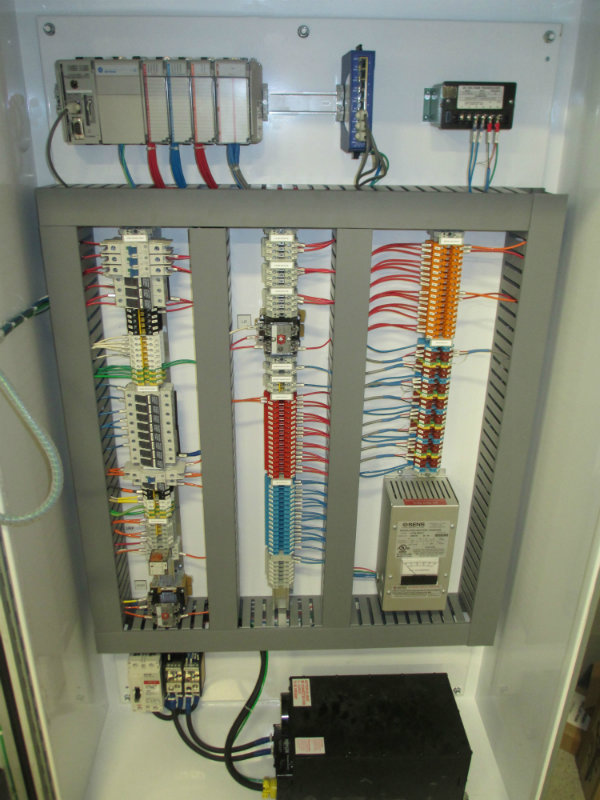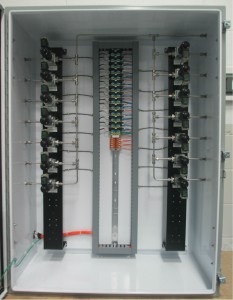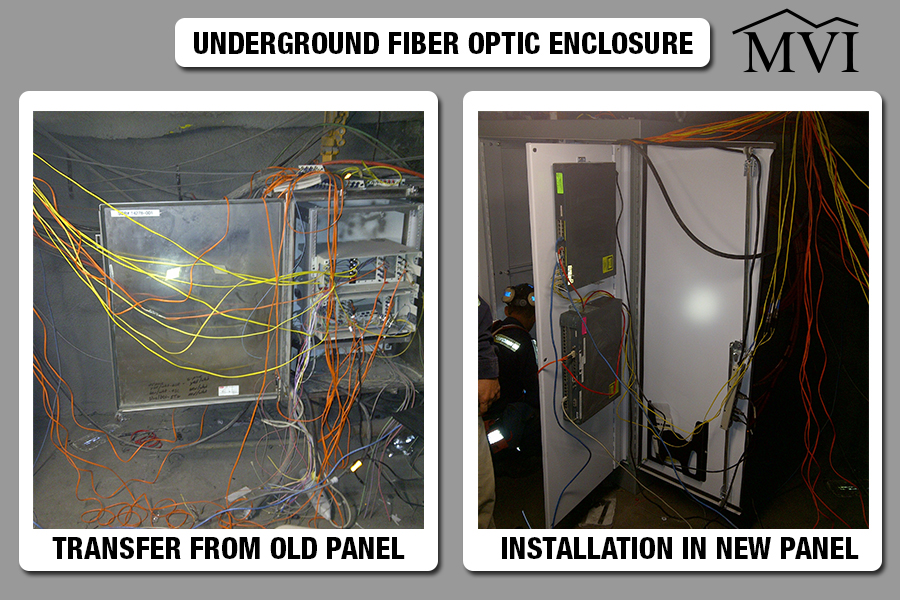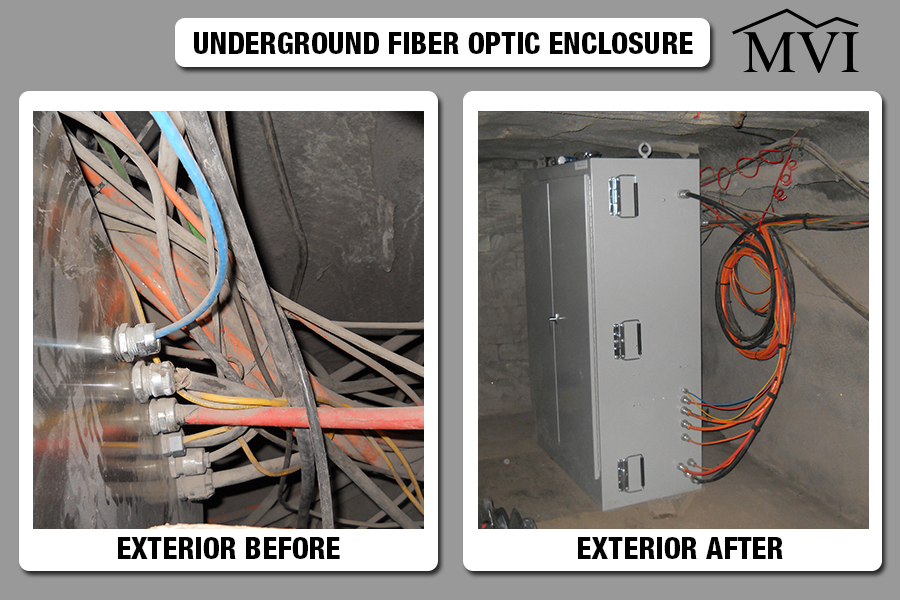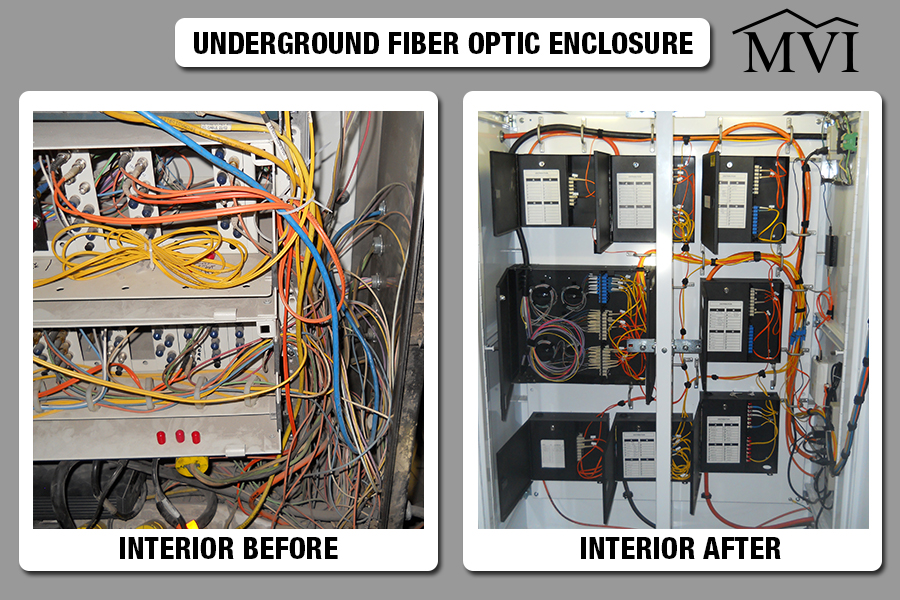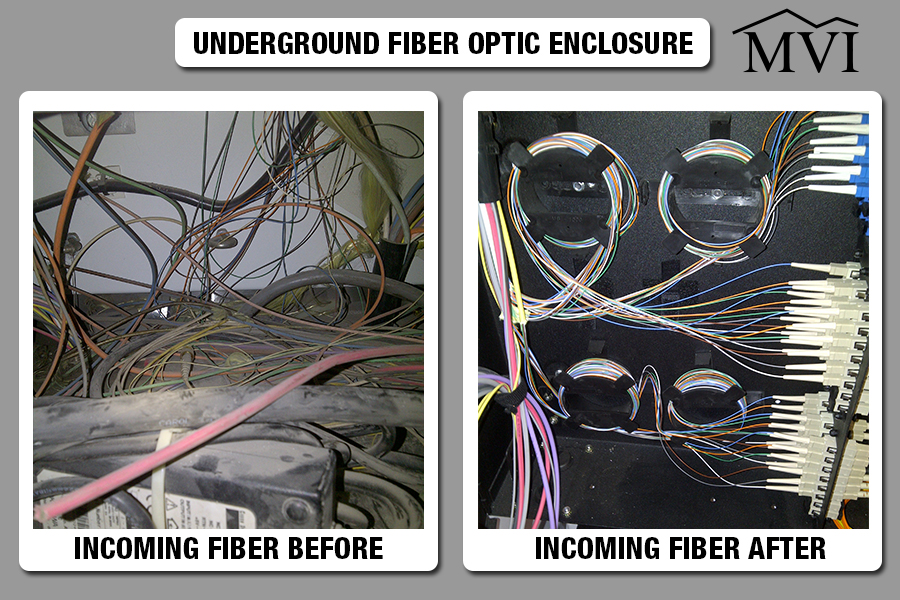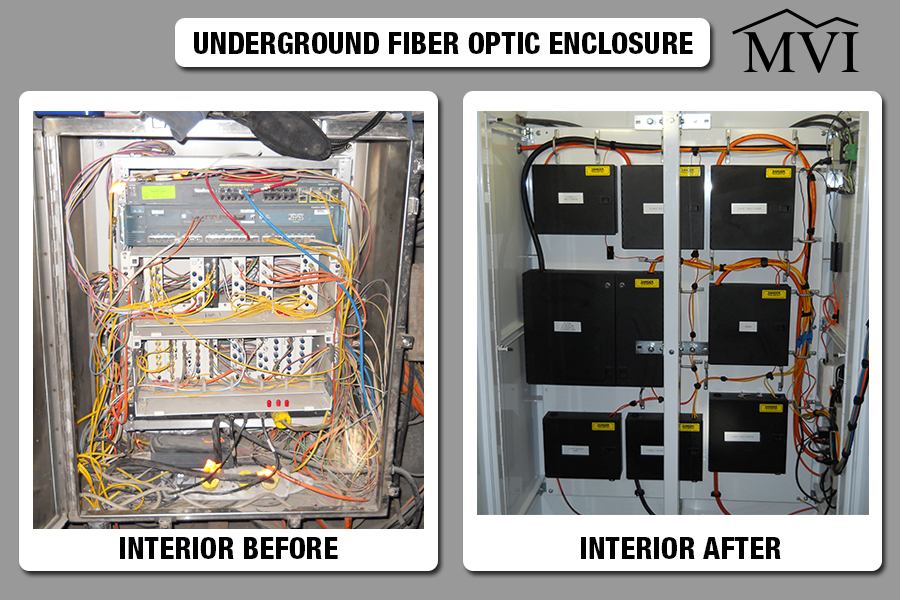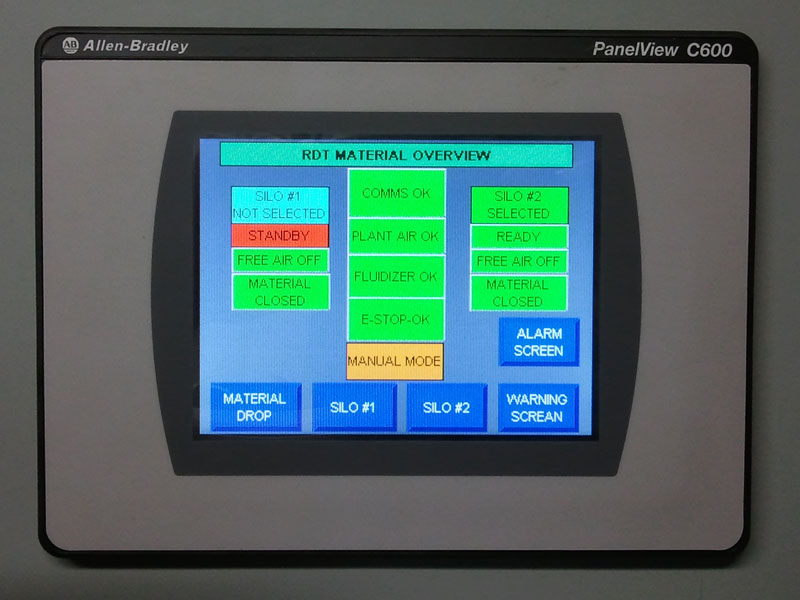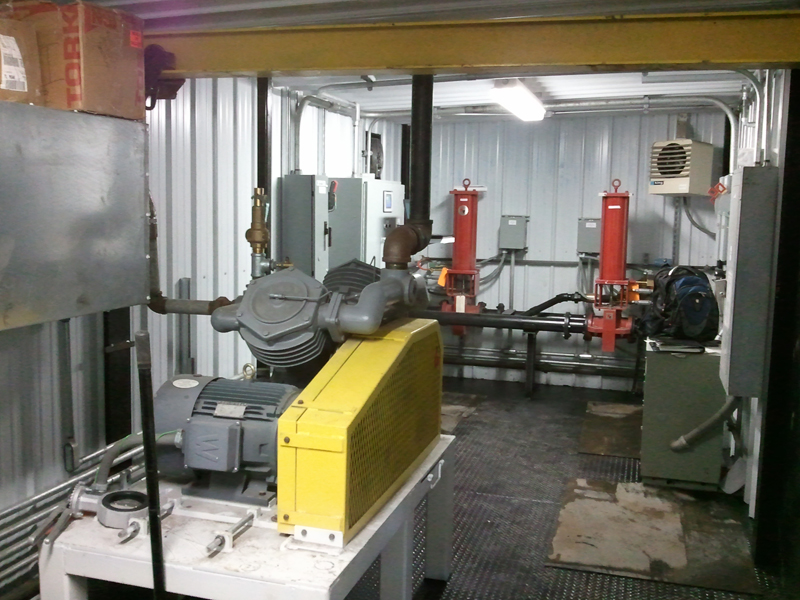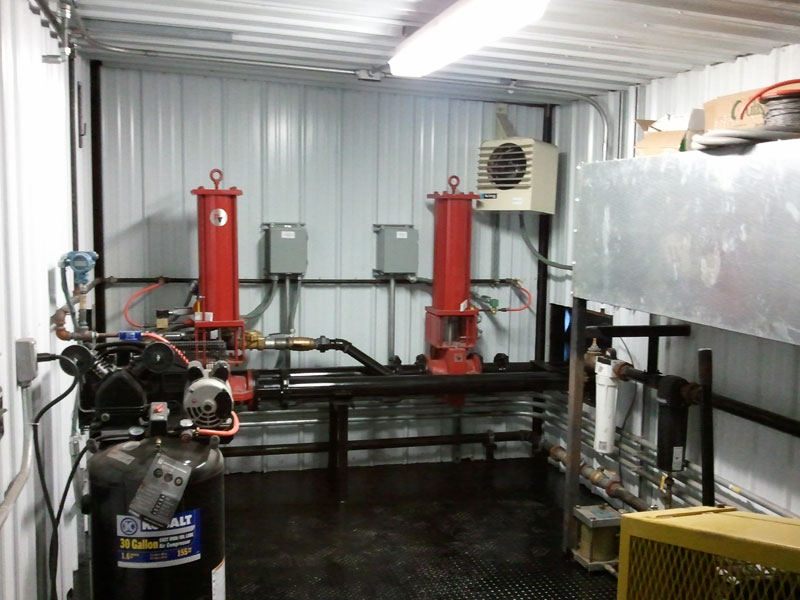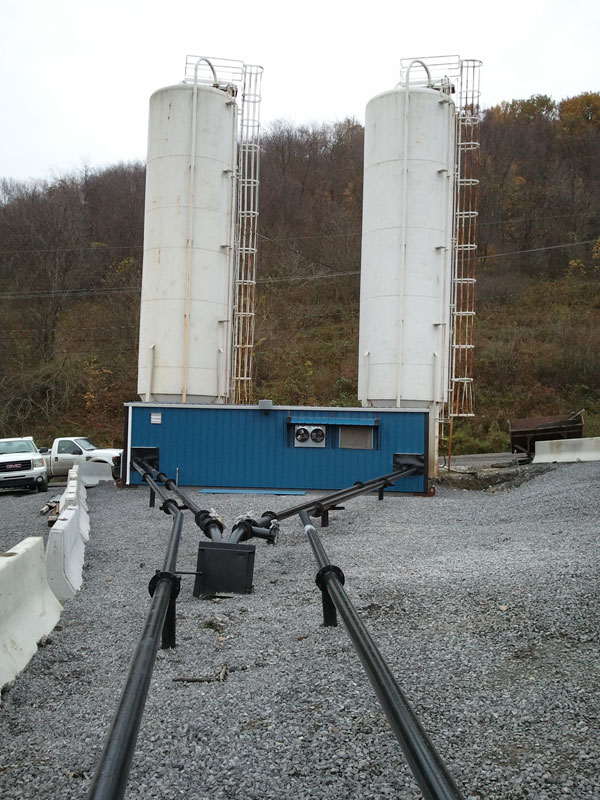MVI has recently successfully designed, built, installed, and commissioned an elevator control system for use in an underground coal mine located in southwest Pennsylvania. MVI personnel also participated in the ANSI 17.1 testing for the newly installed elevator.
The control system for this installation uses a PLC to both control the operation of the elevator and to assist in the troubleshooting process should any problem occur. Large easy-to-read touch screens provide operator interface to check the operation of all critical components. Power for this installation was provided by a four quadrant DC drive, but MVI is also very familiar with AC variable frequency drives.
All MVI control panels are designed and assembled at our facility in Morgantown, WV.
All PLC programming is also done in-house at the same facility.
Whether for a complex installation, such as an elevator, or for a simple lighting panel, all control panels are fully tested in our facility before they are delivered to the customer site.
MVI is a UL Certified 508A panel shop. In addition to designing and building custom control panels suited to your application, we can supply control panels for critical applications such as elevators, cranes and hoists. If desired, any control panel that we design and assemble can display the UL label.
